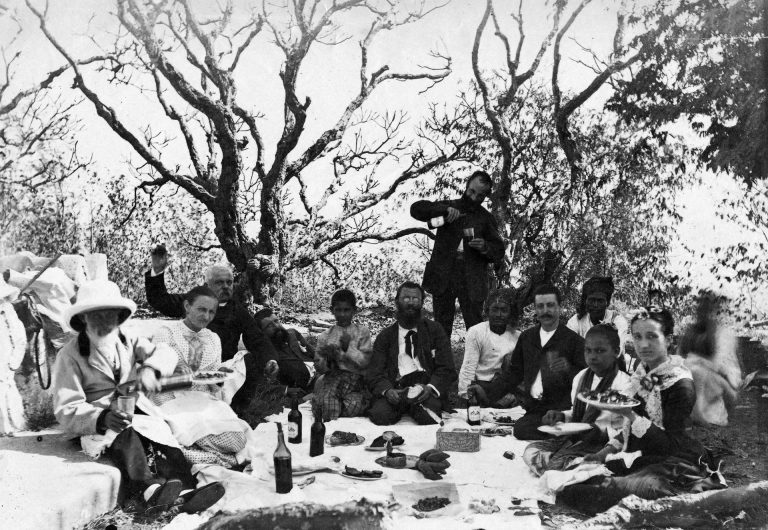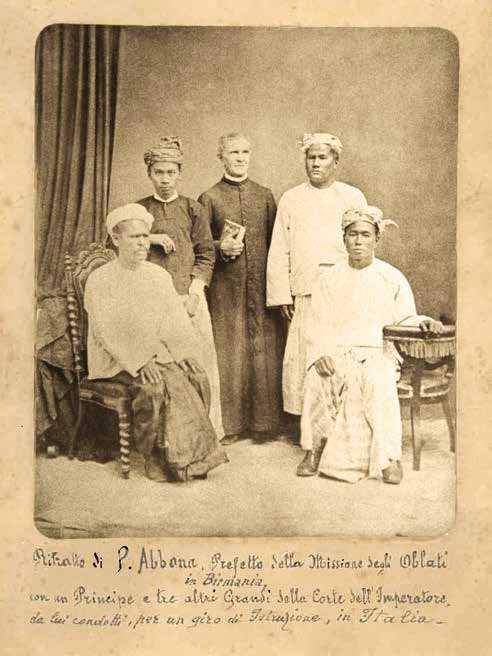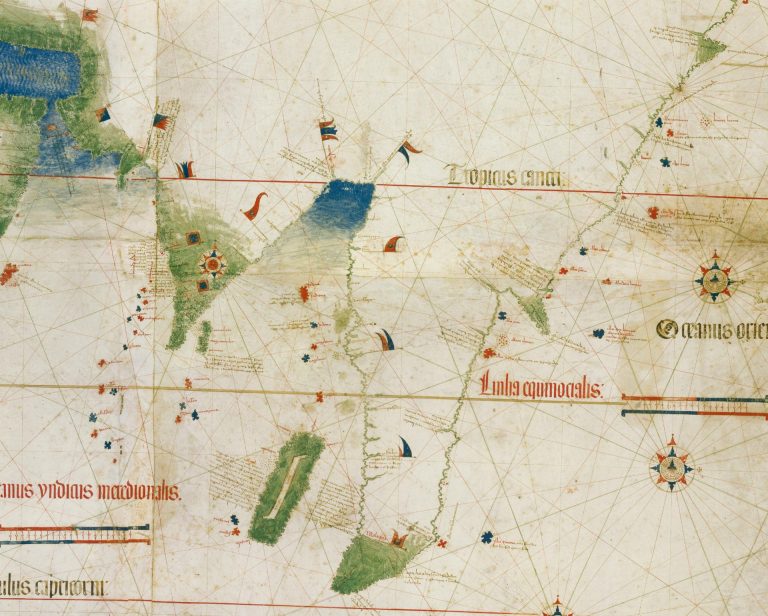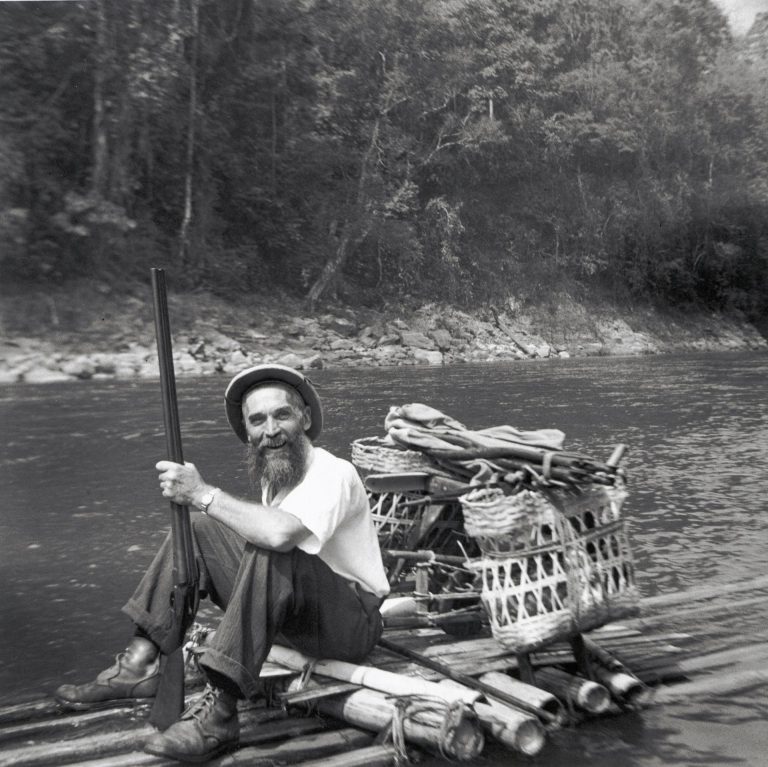The Embassy of Italy in Yangon organised from 4th to 8th June 2025, on the occasion of the celebrations for the “Republic Day”, the exhibition “700 YEARS OF BONDS: UNVEILING THE JOURNEY OF ITALIANS IN MYANMAR”: seven centuries of Myanmar history through the eyes of Italian travelers to the “Golden Land”.
«Italy and Myanmar have crossed path over centuries in an unexpected and little-known way. By reconstructing the whole mosaic that these encounters compose, we plunge into a time travel full of characters and extraordinary adventures. Each fragment not only tells us about extraordinary individuals and stories, but shows how Italian and Myanmar people interacted for centuries, peacefully and enriching each other, in a human and cultural adventure that is unique in the often traumatic history of relations between Europe and Asia» underlined the Head of Mission of the Embassy Nicolò Tassoni Estense, who has curated and organised the exhibition. «The centuries-old history of this special relationship encourages us – at a time of crisis and difficulty for Myanmar, especially after the devastating earthquake or 28th March – to look forward to the future with confidence and to be mindful of the solid historical foundation on which the relationship between the two nations rests».
A thread unites Marco Polo to the Renaissance Italian travelers Nicolò de Conti, Girolamo di Santo Stefano, Lodovico Varthema, Gaspare Balbi e Cesare Federici, as far as the adventurous epic of the missionaries of the Baroque era. The Piedmont’s Order of the Oblates activated a relationship that led a now unified Italy to venture into a “special partnership” with the Burmese Kingdom. The epic of the Italian technicians who flocked to support the efforts to modernize the Burmese Kingdom between 1871 and 1885 was too short to be able to change the destiny of the Burmese Nation, by then imprisoned by the colonial grip, but it demonstrated how distant Nations worked hard together to try to build a common and better destiny for their populations. Italian technicians mapped unknown regions, documented local customs and habits, contributing to a better understanding of Burmese Civilization, and made fundamental naturalistic discoveries.
In the era of colonial rule, it was the PIME Missionaries who wrote a new page, that of the “passage of the Salween” and of the missionary work and assistance to the tribal populations of Shan and Kayah. Then, in the twentieth century, the extraordinary figure of Salvatore Cioffi “Lokanatha” emerges, venerated throughout the East and one of the first disseminators of Buddhism in Europe and America.


















